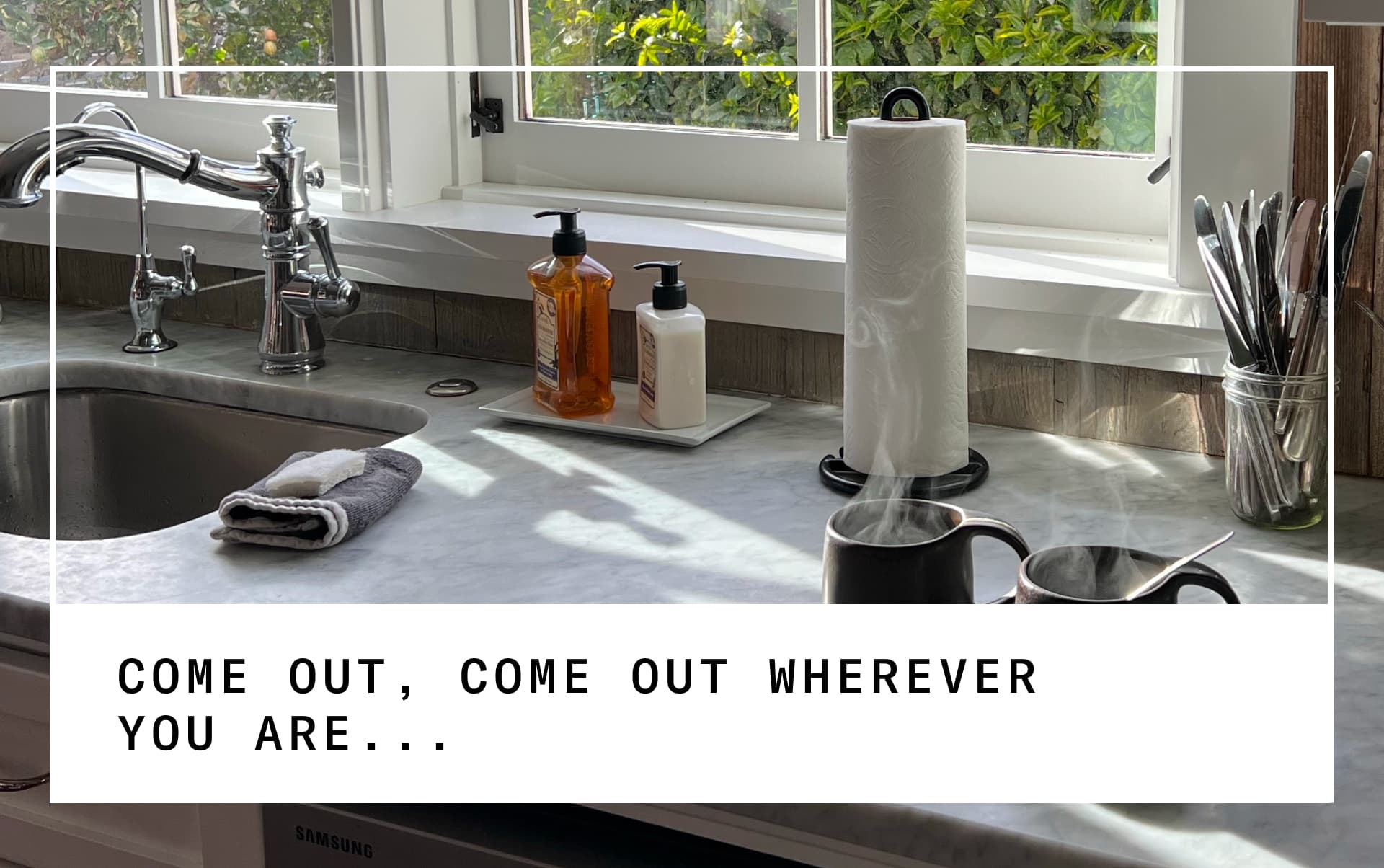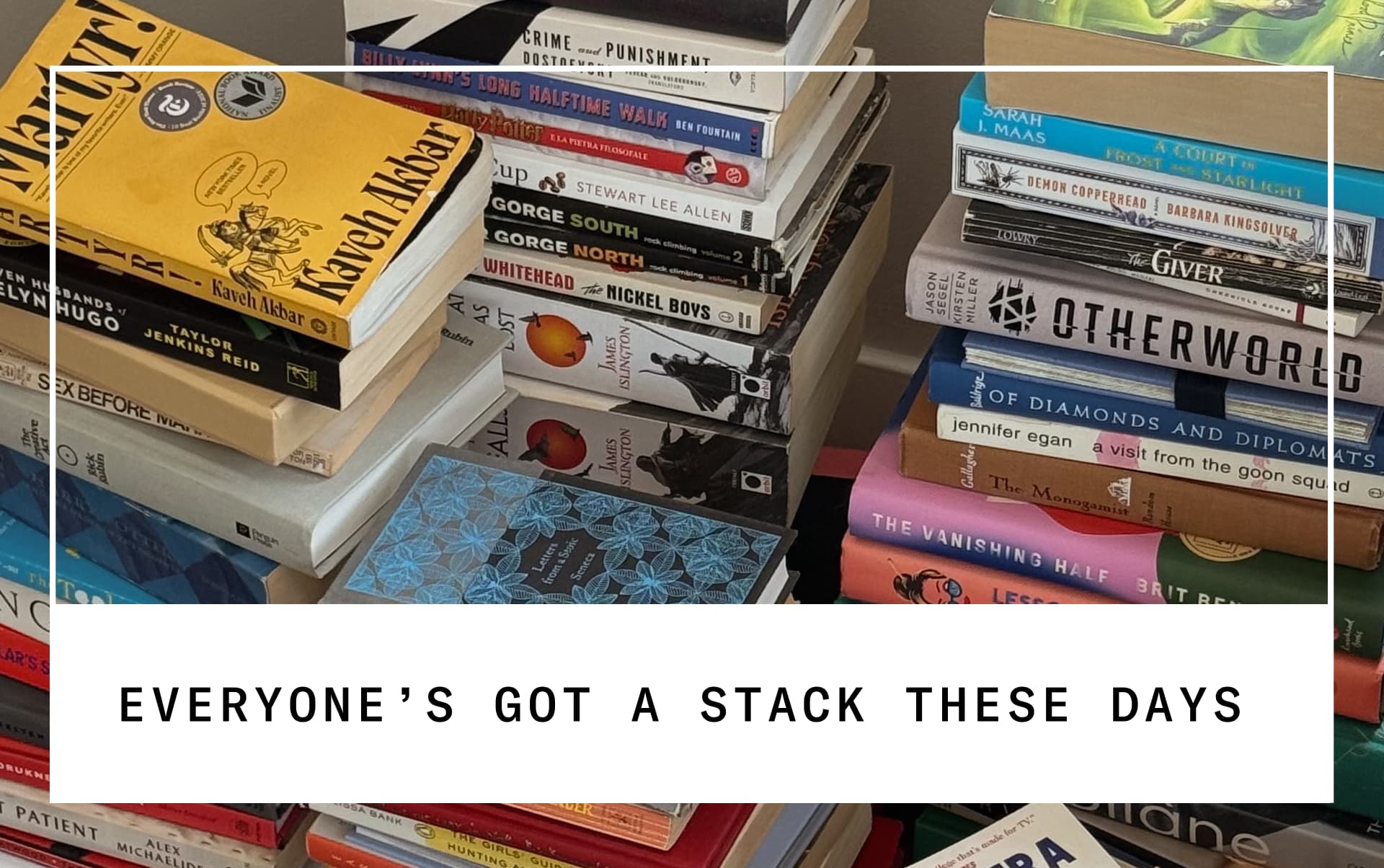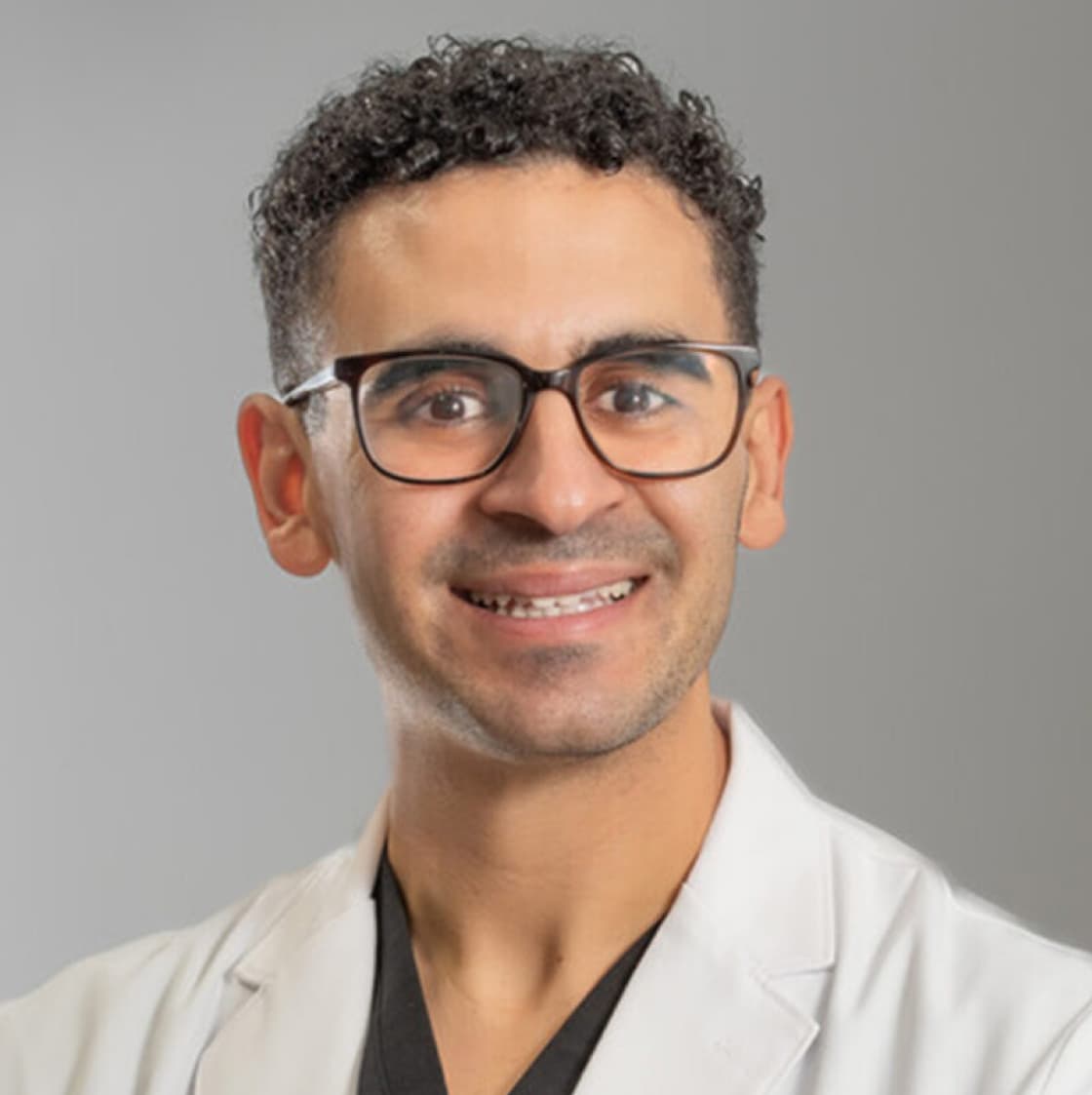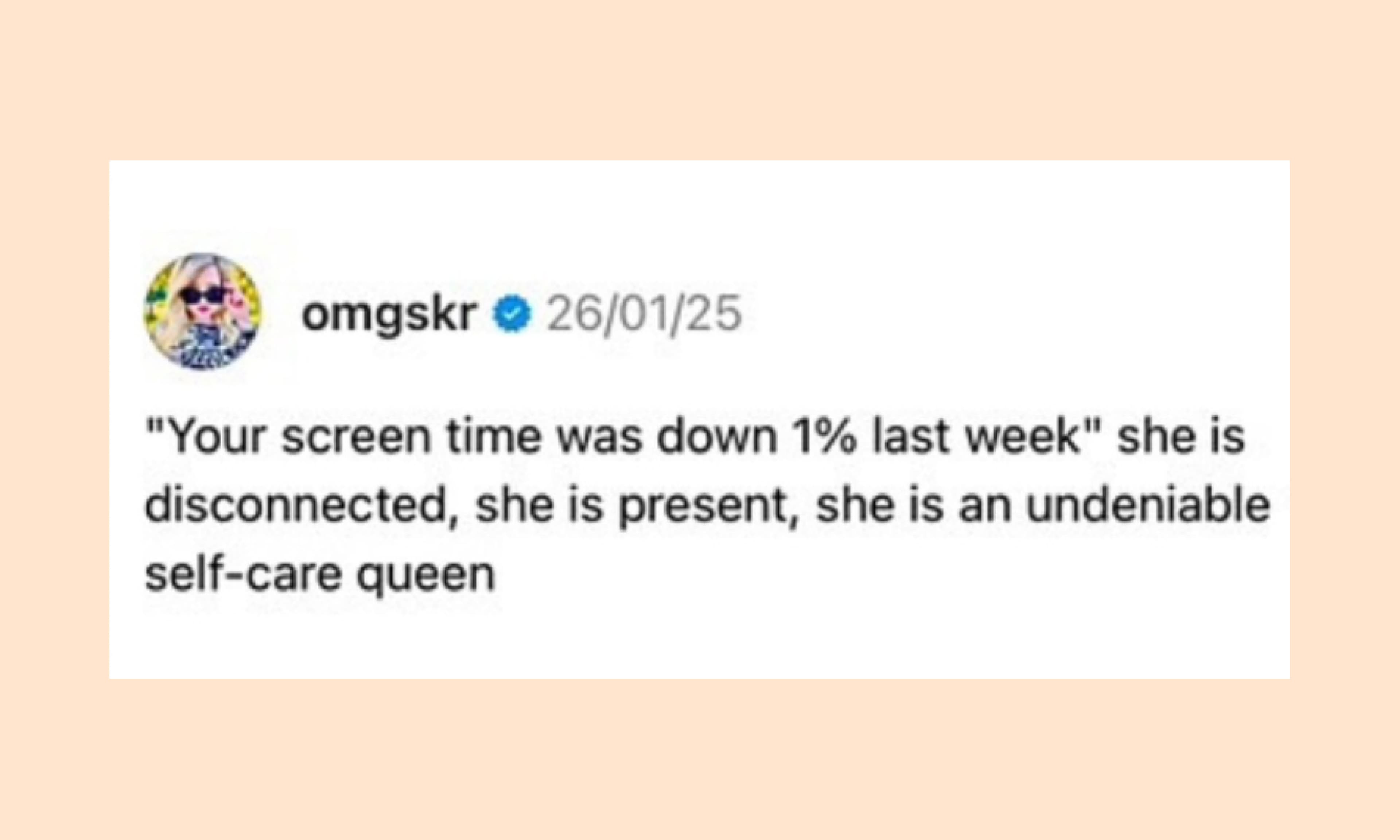I’m no longer an 18-year-old lifeguard…
But my suncare routine hasn’t evolved at all since then. I still use an all-over SPF 30 aerosol, and am… less than vigilant with reapplication. (I know, I know.)
Skin cancer is the most common type of cancer in the US, with melanoma topping the list as the most dangerous. Scientists are making progress — like identifying a type of HPV that can cause skin cancer, trialing an over-the-counter melanoma test, and developing a treatment starring none other than… the herpes virus. I love a redemption arc.
Protection best practices are the same: SPF of at least 30 with broad-spectrum UV protection. Sounds obvious, but with health influencers telling people to stare into the sun, tanning beds getting a “wellness” rebrand (yikes), and more people believing that sunscreen is a Big Pharma conspiracy, you can never be too sure.
With that in mind, I’m officially committing to a grownup suncare routine. That means…
Learning the right way to layer sunscreen with my other skin care. Because there is a wrong way.
Taking cues from pro athletes on sun-safe contact lenses.
Memorizing the ABCs of spotting melanoma.
Investing in a UV umbrella.
Learning how to actually apply spray-on sunscreen, because most of us have been doing it wrong.
Also, I asked a derm about whether I’m exposing my hands to harmful UV light under those drying machines at the nail salon. Keep scrolling for his advice.
— Anna “Keeping My Sunny Disposition, Though” Davies, writer
Hi there.
We’re Skimm Well + Good. We've joined forces with our friends at Well + Good and Livestrong to bring you what is — in our humble opinion — the best thing to happen for your health and wellness, maybe ever.
What to expect: Once a week, we’ll deliver the most important news, viral trends, and conversations in health and wellness.
Our promise: We’re not going to push a magic pill or powder, swear that hydration cures all (though, please, drink water), or pretend the “cortisol cocktail” is the answer to everything. We’re here to cut through the noise and keep you informed.
We know that health and wellness priorities look different for everyone –– but the future of this space matters to us all.
— Anna “A Diet Coke Break Can Be Self Care” Davies, writer
What's Making the Rounds

We’re all worried about mold. Find it and get rid of it, starting with this major appliance.
Martha Stewart is coming for Hailey Bieber’s lane. She's even recruited Rhode’s dermatologist.
A new treatment promises to filter microplastics and PFAS chemicals out of your blood. Should you go under the needle?
This quick recipe will give your meal prep the crunch you didn’t know it needed, and hit your protein goals.
If that back pain came out of nowhere, spinal surgeons say a “BLT” may be to blame.
The key to better summer sleep? Your freezer.
PS: Maintaining strong friendships can feel like a full-time job. Join us –– and a licensed therapist –– next week for a virtual workshop on how to keep your friends close through career shifts, moves, expanding families, and everything in between. Sign up here.
Pep Talk

Unless you’ve been in a sensory deprivation tank for the last few years, you’ve been hearing about “peptides” nonstop.
A quick 101: Peptides are chains of amino acids — think of them as tiny biological pearls on a string — that perform essential jobs like repairing muscle damage, or breaking down food in your stomach.
Pharma’s paying attention: GLP-1s, a class of synthetic peptides that regulate digestion and tell your brain when you’re full, have become a sensation. They help diabetics control their blood sugar and everyone on New York’s Upper East Side lose 10-15 pounds. So far, these drugs are easier to make, more effective, and possibly safer than others on the market… not to mention wildly profitable.
And the wellness world is excited: The biohacker class is now injecting, swallowing, and slathering on peptides in the name of muscle growth, fat loss, better sleep, higher libido, anti-aging, and more. Some swear by “stacks,” (multiple peptides injected in a row) while others just go for “the Wolverine shot.”
Is this legal? It’s murky. Some peptides are FDA-approved as prescriptions (like GLP-1s). But many are purchased on unregulated online marketplaces. The FDA has been cracking down, but seems likely to back off under HHS Sec. Robert F. Kennedy, Jr.
Is this safe? Also murky. Compounded peptides aren’t regulated the way prescriptions are, and people are dosing themselves without medical guidance. This opens the door to contamination. See: Two women that ended up critically ill after getting peptide injections at a Las Vegas immortality expo.
For Your Sanity:
Know your source. Especially when it comes to Ozempic knockoffs. Watch out for labels like “for research purposes,” and these eight other signs that your supplier may be shady.
Don't fall for marketing. The popularity of peptides — especially semaglutide, the ingredient found in Ozempic — has created an unregulated market of pills, patches, sprays, and supplements. But buyer beware.
Mind the side effects. Semaglutide can come with serious downsides (like vision changes), particularly when you’re mixing and dosing on your own. Check in with a provider who knows your meds and health history first.
Topicals are different. Peptides in creams or hair serums are generally low-risk and effective. Here’s what they can do.
No Whey!

Here’s one easy, healthy hack you’ll thank yourself for in December… freeze your produce.
We know, we know, you’ve tried it, and you ended up with a frozen fruit blob. But you probably missed a critical step: Flash freezing.
Here’s how to do it:
Cut up larger fruits and veggies like watermelon or cantaloupe.
Lay the produce flat on a parchment-paper covered baking sheet.
Freeze it until solid.
THEN, transfer it into a bag for storage.
Next step: Flash freeze your bread, too.
PS: While you’re at it, try this viral alternative to popsicles.
Q: Should I wear gloves to my mani appointment to protect myself from UV exposure?
FEATURED EXPERT:

Joseph Kamel, DO
Dermatologist, Aliso Dermatology
"My recommendation is typically to use sunscreen 15 minutes before nail appointments. The sunscreen will prevent any UV damage, protecting from skin cancers and aging effects from UVA and UVB. The nail plate is pretty good at blocking UVB and OK at blocking UVA. Overall, I think the risk of this activity is low.”
A Cooler Bedtime Starts Here
Next to popsicles and beach days, slipping under cool sheets is one of our favorite summer pleasures. Here, our favorites to minimize sweat… and maximize your Zs.
Click here for the full list of the best cooling sheets for hot sleepers, according to sleep experts.
A Cooler Bedtime Starts Here
Next to popsicles and beach days, slipping under cool sheets is one of our favorite summer pleasures. Here, our favorites to minimize sweat… and maximize your Zs.
Click here for the full list of the best cooling sheets for hot sleepers, according to sleep experts.
Today's Recs For a Life Well-Lived
No time for a shower? Throw these water-activated bathing cloths in your bag. They foam up when wet and are safe to use all over your face and body. No need to rinse.
If you find going to get your nails done more of a necessary evil than a treat, these at-home nail-care products will make your life so much easier.
Don’t shoot the messenger, but all that sitting might be putting your glutes to sleep — literally. “Dead butt syndrome” is real, but this DailyOM course is here to help wake things back up.
Use these multitasking glass containers to cook your meal (they can be microwaved and thrown in the oven), then to store any leftovers. We can't say no to a kitchen hack.
Subscribe to Skimm Well
Sign up here to receive our wellness newsletter filled with actionable advice, expert-vetted content, product recs, and more — delivered directly to your inbox.
